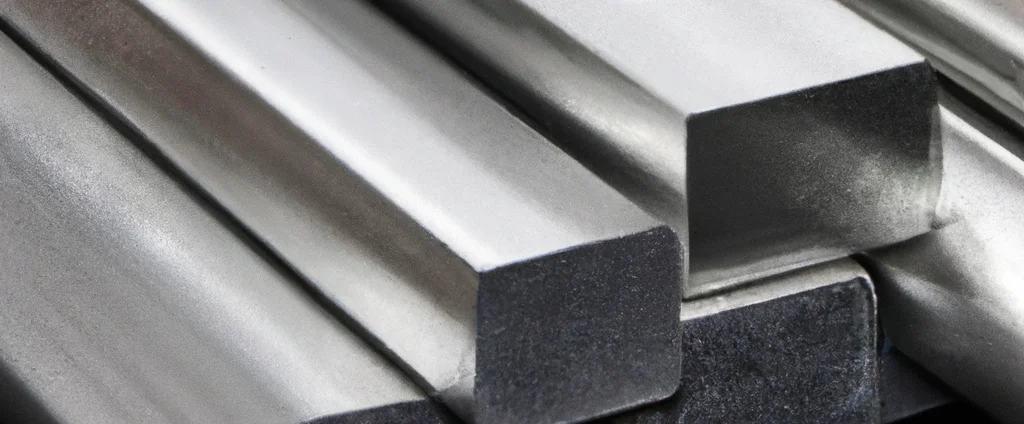Aluminum Alloy 7010 (UNS A97010)

Aluminum 7010 is a high-performance alloy engineered for aerospace and defense applications. Its optimized composition offers exceptional strength-to-weight ratios, superior fatigue resistance, and lightweight durability in extreme environments.
| Chemical Composition | ||
|---|---|---|
| Element | Min | Max |
| Aluminum | 87.8% | 90.6% |
| Chromium | —— | 0.05% |
| Copper | 1.5% | 2.0% |
| Iron | —— | 0.15% |
| Magnesium | 2.1% | 2.6% |
| Manganese | —— | 0.1% |
| Nickel | —— | 0.05% |
| Silicon | —— | 0.12% |
| Titanium | —— | 0.06% |
| Zinc | 5.7% | 6.7% |
| Zirconium | 0.1% | 0.16% |
| Residuals | —— | 0.15% |
The following table provides a list of aluminum 7010 properties in both SI and US customary/Imperial units.
Click on the button to switch between Metric and Imperial units.
| Physical Properties | Metric |
|---|---|
| Density | 2820 kg/m3 |
| Mechanical Properties | Metric |
| Tensile Strength | 520 - 590 MPa |
| Yield Strength | 410 - 540 MPa |
| Shear Strength | 300 - 340 MPa |
| Fatigue Strength | 160 - 190 MPa |
| Young’s Modulus (E) | 70 GPa |
| Shear Modulus (G) | 26 GPa |
| Elongation at Break | 4 - 8% |
| Poisson’s Ratio (ν) | 0.32 |
| Thermal Properties | Metric |
| Melting Point | 475 °C |
| Thermal Conductivity | 150 W/m·K |
| Specific Heat Capacity (Cp) | 860 J/kg·K |
| Coefficient of Thermal Expansion (αL) | 2.4×10-5 1/°C |
| Electrical Properties | Metric |
| Electrical Conductivity | 2.3×107 S/m |
| Electrical Resistivity | 4.3×10-8 Ω·m |
The values in this table are approximate and can vary depending on various factors such as the specific manufacturing process and heat treatment applied to the alloy.
Advantages & Disadvantages of Aluminum 7010
| Advantages | Disadvantages |
|---|---|
| High strength | Limited availability |
| Fatigue resistance | Corrosion susceptibility |
| Weldability | High cost |
| Lightweight | Difficult to machine |
Applications of Aluminum 7010
Aluminum 7010 is the material of choice for mission-critical applications demanding lightweight strength, fatigue resistance, and structural integrity. Key uses include:
- Aerospace: Used for structural components such as wing structures, fuselage frames, and landing gear components. Its high strength-to-weight ratio makes it suitable for aircraft construction, where weight reduction is critical for fuel efficiency and performance.
- Defense and Military: Utilized in applications that require high strength and durability, such as armored vehicles, military aircraft, and missile structures. The excellent fatigue resistance and ability to withstand heavy loads make it suitable for military-grade equipment.
- Sports Equipment: Employed in the production of sports gear such as bicycle frames, golf club heads, and tennis racket frames. The combination of strength and lightweight properties contributes to improved performance and maneuverability.
- Marine Industry: Due to its corrosion resistance and strength, this material is used in marine applications including boat hulls, marine fittings, and structures. Its resistance to saltwater corrosion makes it ideal for marine environments.
- Automotive: The automotive industry uses this alloy for lightweight structural components, such as chassis parts, suspension components, and crash structures. This helps reduce vehicle weight, leading to improved fuel efficiency and handling.
- Industrial Equipment: Finds application in various industrial equipment, including hydraulic systems, machinery frames, and tooling. The high strength and durability make it suitable for heavy-duty applications.
- Construction: Can be utilized for building structures and architectural components. The strength and resistance to corrosion make it appropriate for applications where durability is required.
